Material
Sisal
Carpets made of sisal are naturally strong and suitable for most indoor spaces. We are a little extra fond of the sisal fiber because it also absorbs more carbon dioxide than it produces, which benefits the environment.
Carpets made of sisal are naturally strong and suitable for most indoor spaces. We are a little extra fond of the sisal fiber because it also absorbs more carbon dioxide than it produces, which benefits the environment.
Scroll
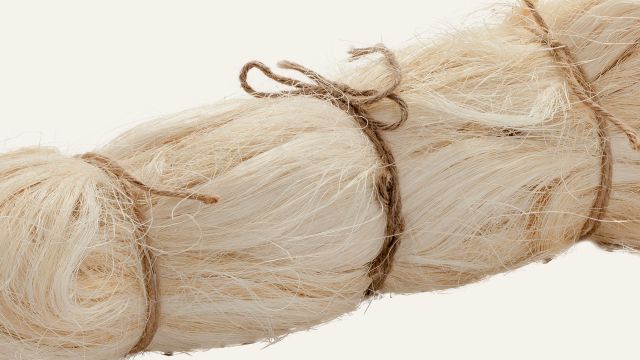
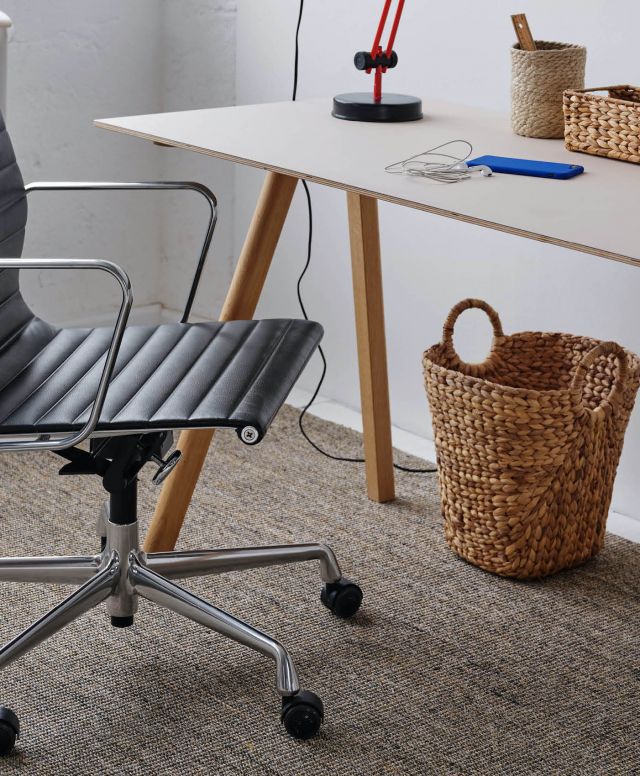
Our beautiful durable sisal rugs are made in southern India. The use of sisal is advantageous from an environmental point of view because sisal absorbs more carbon dioxide than it produces. It is also one of the world’s strongest natural fibers. Carpets made of sisal are therefore very durable, even in rooms that are subject to a great deal of wear and tear – for example, the hall way and kitchen.
Thanks to the natural cavities, the sisal can absorb smaller amounts of moisture without being damaged and swallows sand and gravel grains without being passed on in the home.
In addition to a durable, high quality product and practical function, this all-natural material creates a warm ambience in your room.
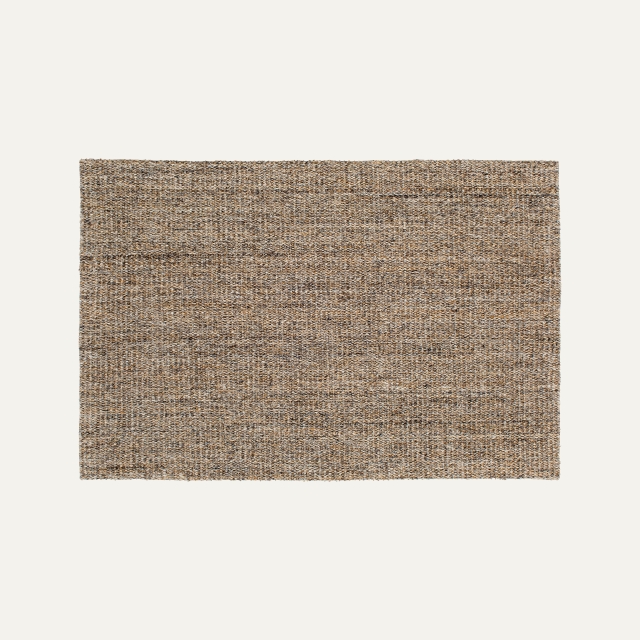
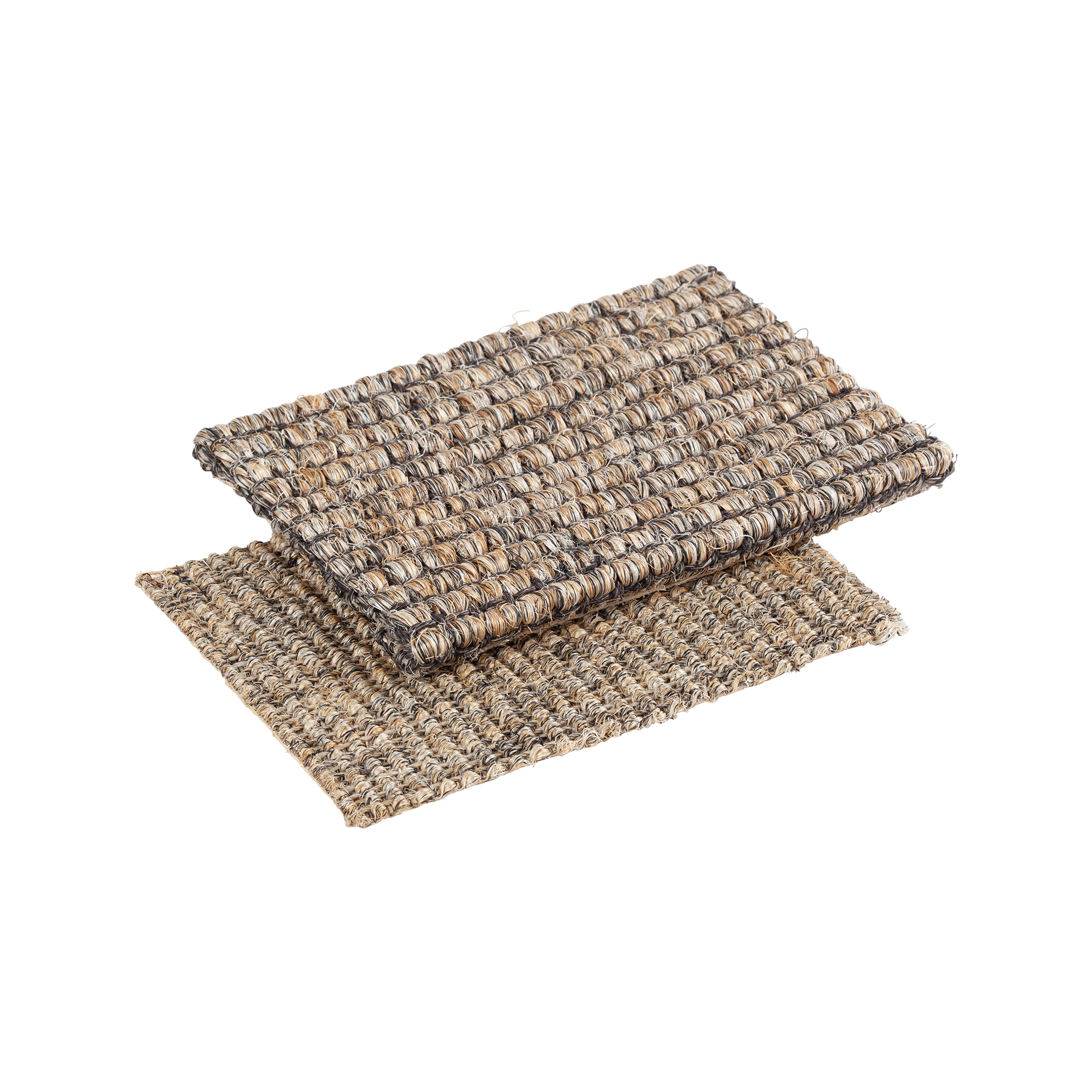
Doormat Jenny natural 60x90cm
37936
Doormat Jenny black w border 60x90cm
37960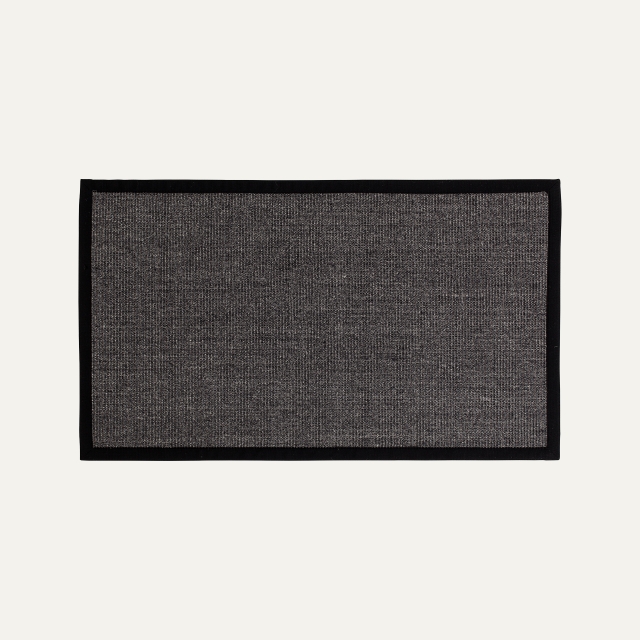
Doormat Jenny black w border 70x120cm
37961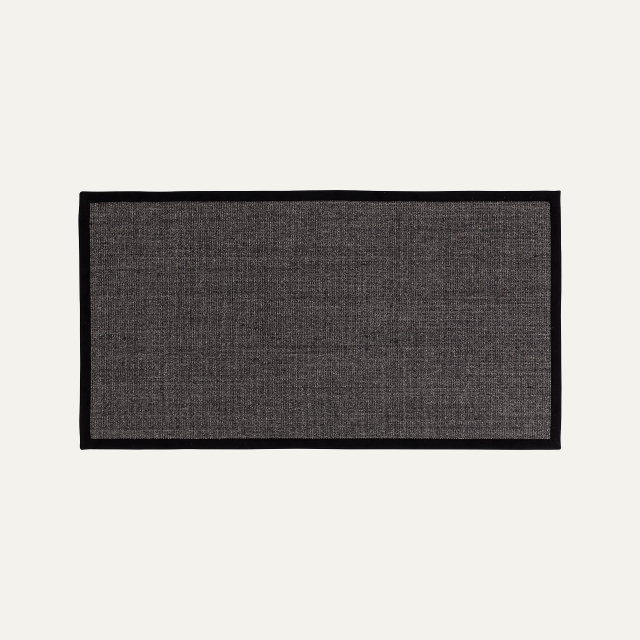
Doormat Jenny black w border 80x150cm
37962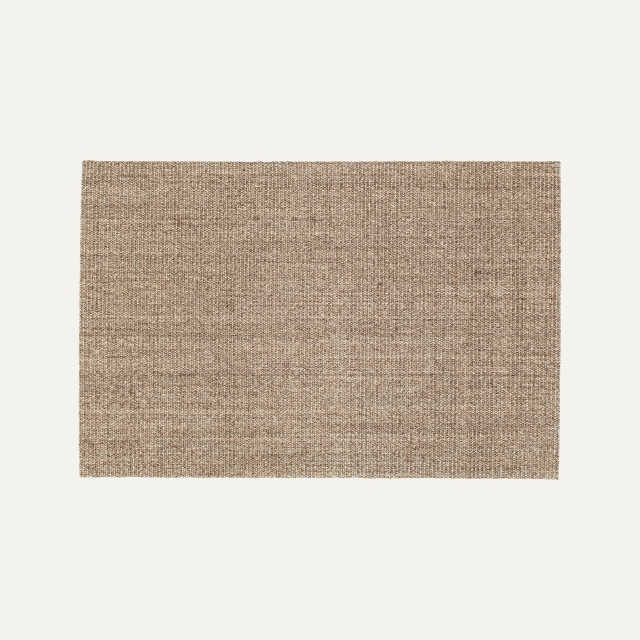
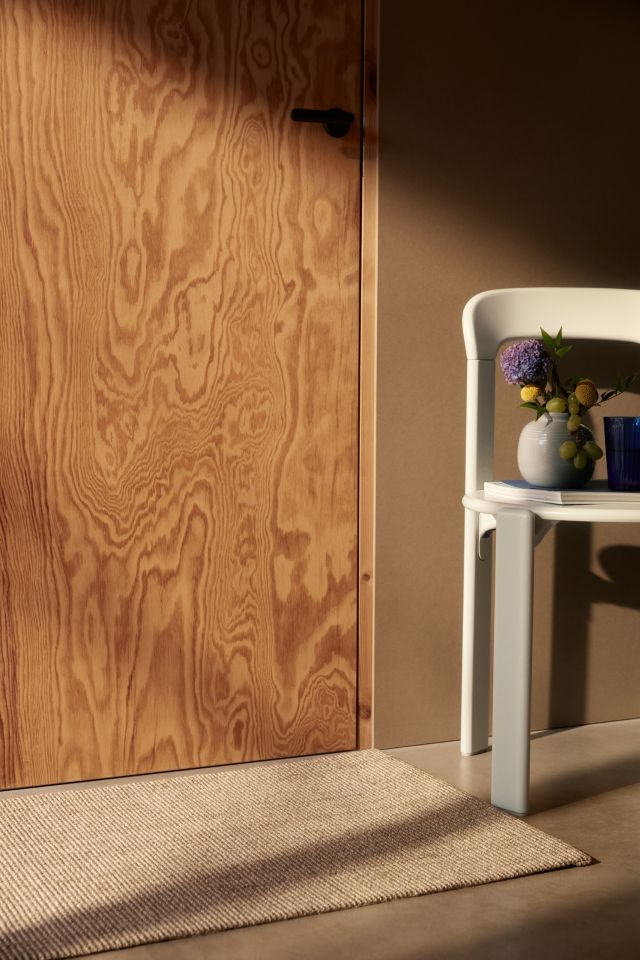
Doormat Jenny nat.grey 60x90cm
37969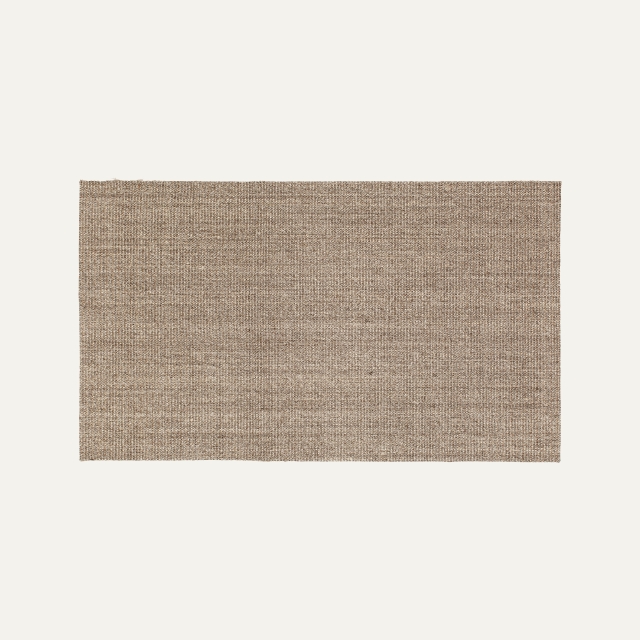

Doormat Jenny nat.grey 70x120cm
37970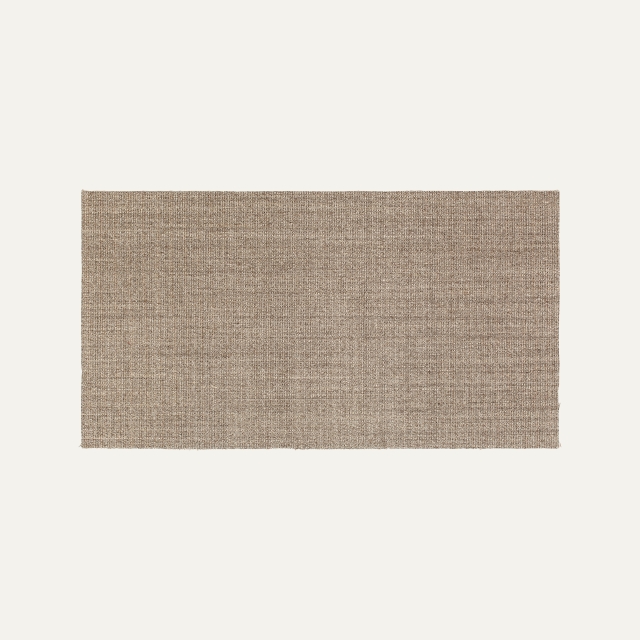
Doormat Jenny nat.grey 80x150cm
37971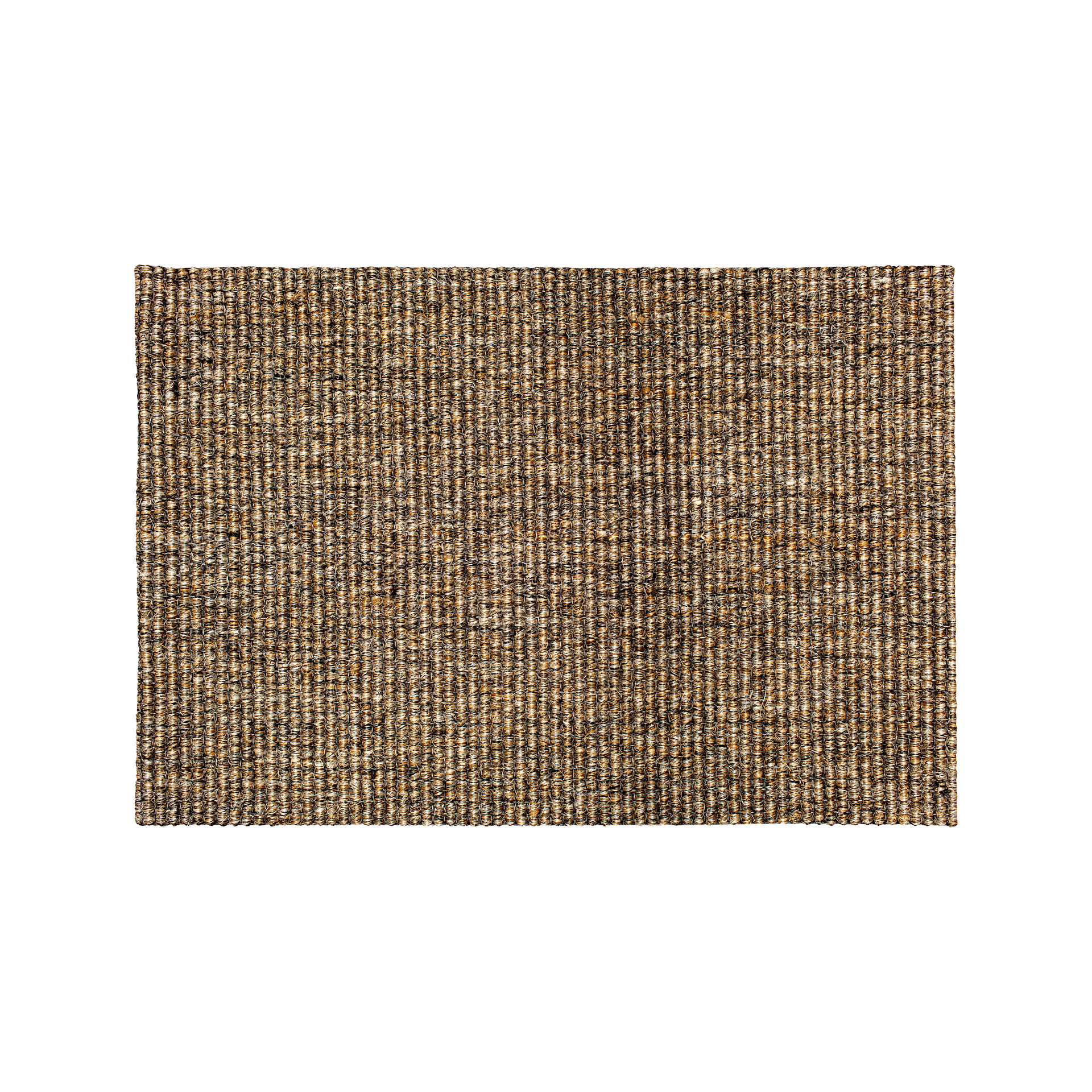

Doormat Astrid natural 60x90cm
37980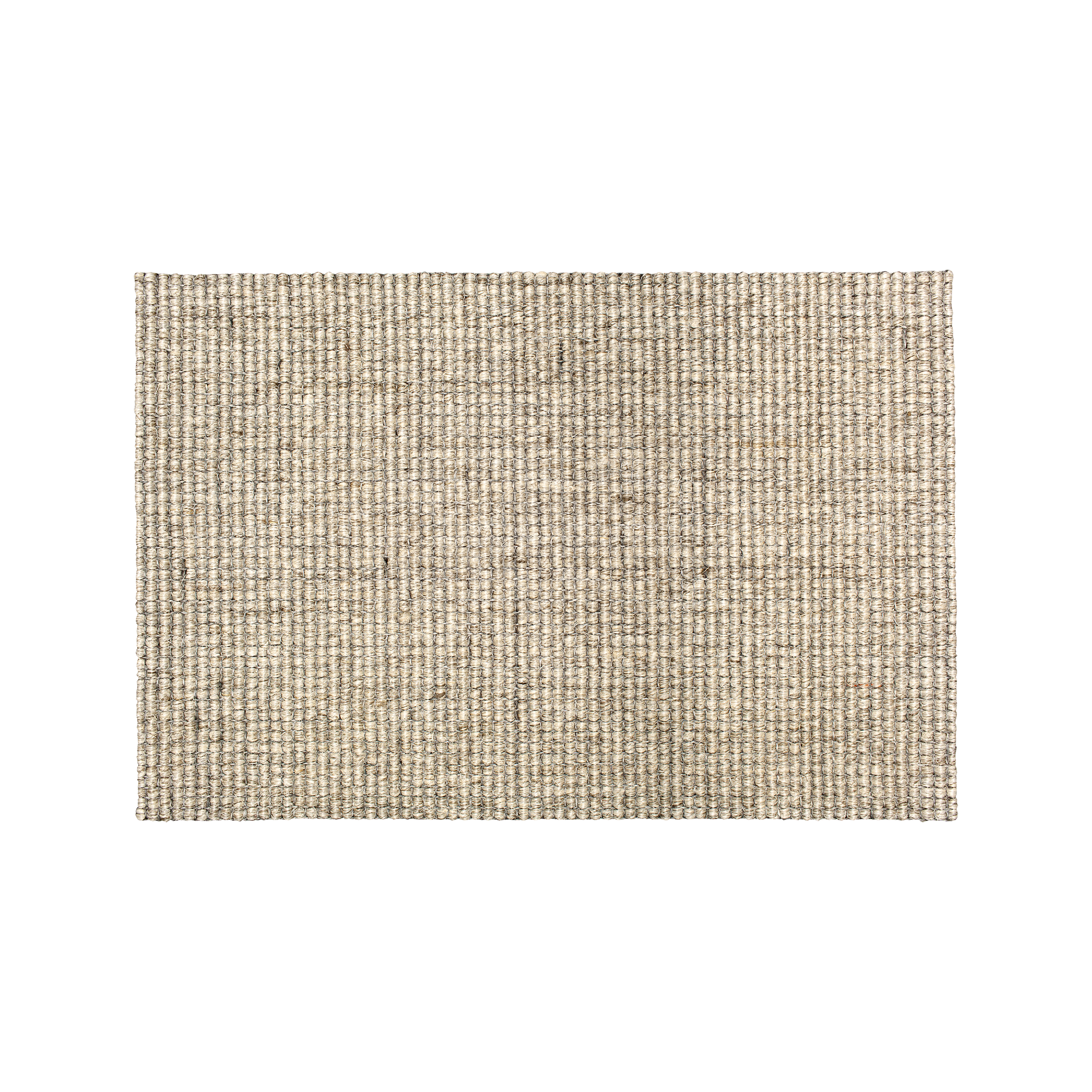
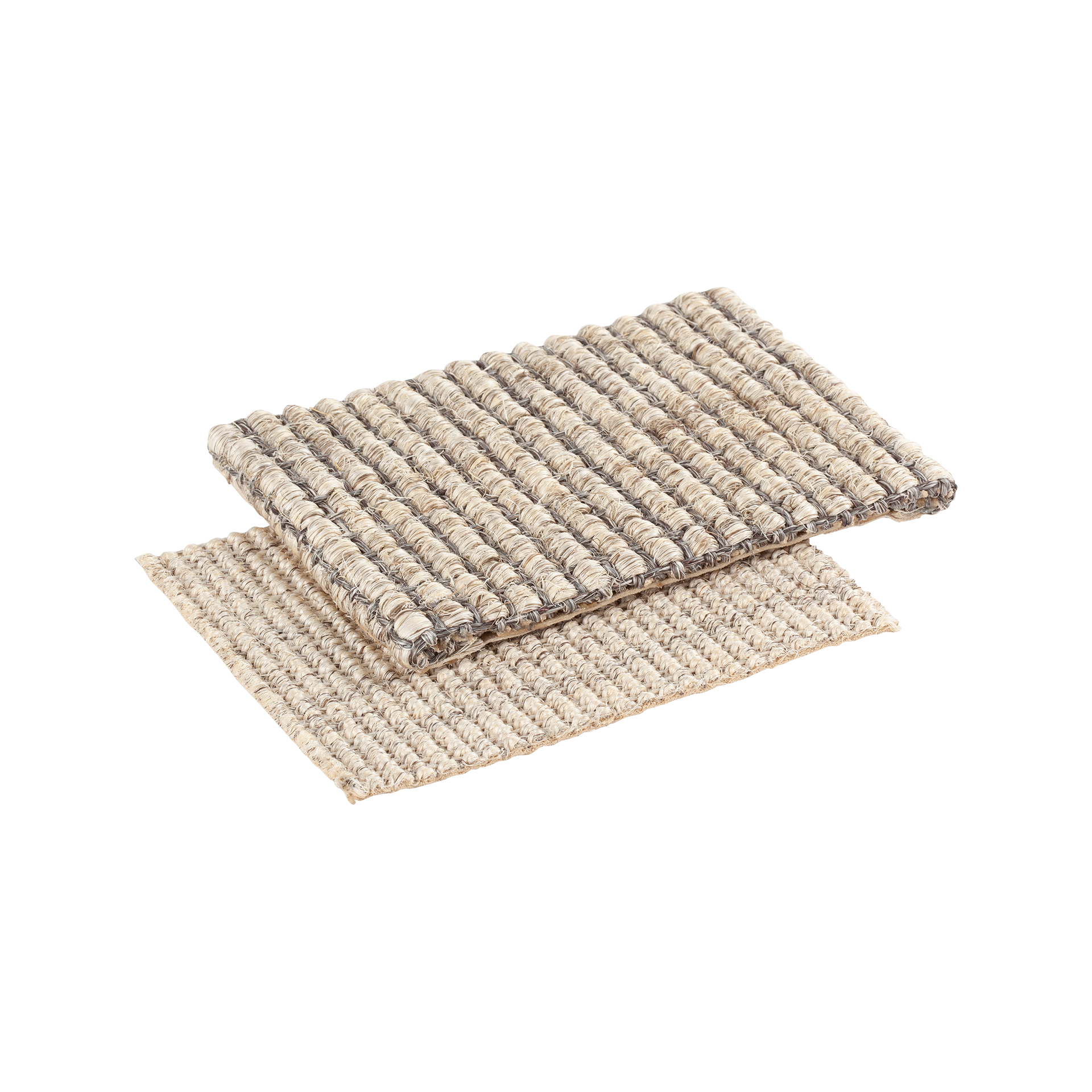
Doormat Astrid marble 60x90cm
37984Sisal (Agave Sisalana) is a large, herbaceous plant in the family of asparagus plants. It’s been named after the city ofSisal in Mexico where it originated. There have been findings of use of Sisal going as far back as 8000 years ago,when both the Aztecs and the Mayan people used it for cords, thread, fishing nets and fabrics.
The sisal plant is durable and grows well in warm and dry areas where other crops may find it difficult to thrive. Sisal demands very little and is resistant to diseases. It grows e.g. in Mexico, Kenya, Tanzania and Brazil. The plant lives between 7-10 years and during this period it produces 200-250 useful leaves for fiber production, where each leaf contains about 1000 fibers. The fibers are extracted by crushing the leaves and the fibers are brushed and baled for export.
The sisal plant has up to 2 m long leaves that sit on a short stem and it’s in the leaves that the sustainable fiber called sisal is found. The sisal fibers are about a meter long and are ivory colored, shiny and extremely strong.
Scroll